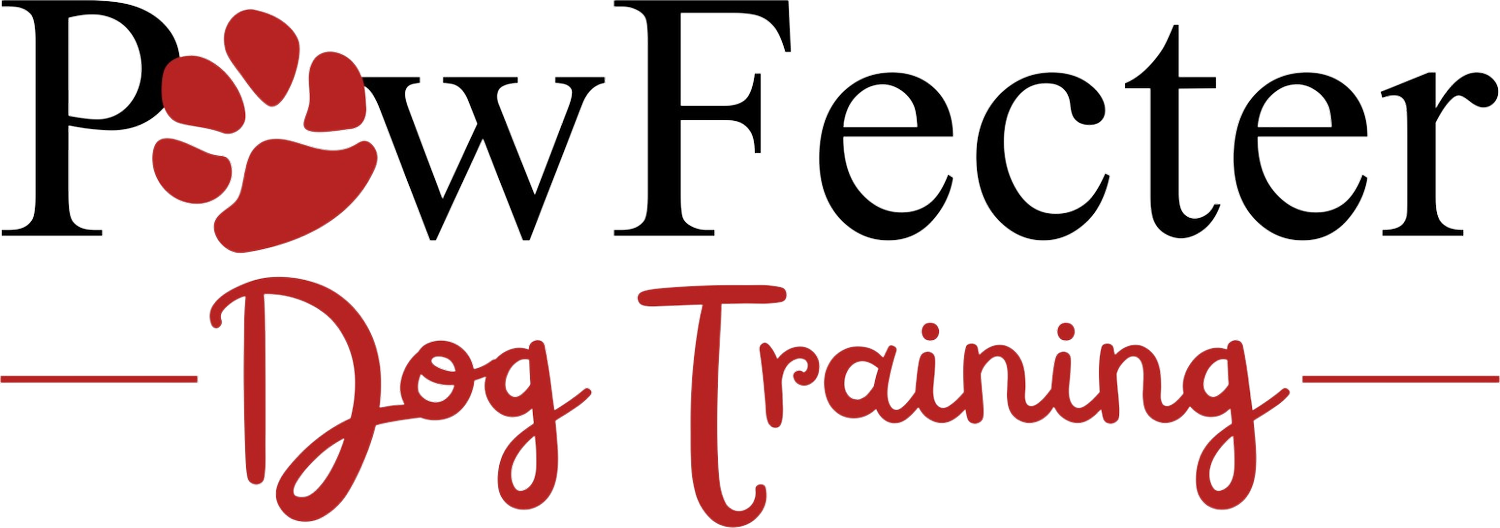Supporting Canine Mobility: Exploring Muscles and Ligaments in the Legs
In our ongoing journey to understand and enhance our furry companions' health, we now turn our focus to the intricate network of muscles and ligaments that form the foundation of their legs. Join us as we delve into the vital roles these structures play, explore strategies for maintaining their health, and learn to recognize indications of potential issues.
**The Purpose of Muscles and Ligaments:**
1. **Muscles:** Muscles in the legs provide the power and propulsion necessary for movement. They contract and relax in coordination with each other, enabling dogs to walk, run, jump, and perform a variety of activities with agility and grace.
2. **Ligaments:** Ligaments are tough, fibrous bands of tissue that connect bones to each other, providing stability and support to the joints. In the legs, ligaments help maintain proper alignment and prevent excessive movement that could lead to injury.
**Common Leg Issues and Indications:**
1. **Strains and Sprains:** Overexertion or sudden movements can result in strains or sprains of the muscles and ligaments in the legs, causing pain, swelling, and decreased mobility.
2. **Torn Ligaments:** Injuries such as anterior cruciate ligament (ACL) tears or ruptures can occur, particularly in the knee joint (stifle), leading to instability, lameness, and difficulty bearing weight.
3. **Muscle Atrophy:** Decreased muscle mass or strength in the legs may develop due to disuse, injury, or underlying health conditions, resulting in weakness, stiffness, and diminished mobility.
4. **Joint Instability:** Weak or injured ligaments can contribute to joint instability, predisposing dogs to conditions like luxating patella (dislocated kneecap) or hip dysplasia, which may manifest as lameness, pain, or difficulty walking.
**Maintaining Leg Health and Function:**
1. **Regular Exercise:** Engage your dog in regular, moderate exercise to keep muscles and ligaments strong and flexible. Activities like walking, swimming, and gentle play help promote circulation, enhance mobility, and prevent muscle atrophy.
2. **Proper Nutrition:** Provide a balanced diet rich in protein, vitamins, and minerals to support muscle strength and tissue repair. Consult with your veterinarian to ensure your dog's nutritional needs are met, particularly if they have specific health concerns or dietary requirements.
3. **Weight Management:** Maintain your dog at a healthy weight to reduce stress on the legs and joints. Excess weight can exacerbate existing issues and increase the risk of injury or strain.
4. **Warm-Up and Cool-Down:** Prior to vigorous exercise or activity, incorporate gentle warm-up exercises to prepare the muscles and ligaments for movement. Similarly, cool-down stretches can help prevent stiffness and aid in recovery.
**Recognizing Signs of Trouble:**
1. **Lameness or Limping:** Dogs may exhibit limping or favouring of one leg over another if they are experiencing pain or discomfort in the muscles or ligaments.
2. **Swelling or Inflammation:** Visible swelling, heat, or inflammation around the legs may indicate injury or inflammation of muscles or ligaments.
3. **Reluctance to Move:** Dogs may hesitate to engage in physical activity or may exhibit reluctance to climb stairs, jump, or perform certain movements if they are experiencing leg issues.
**Seeking Veterinary Care:**
If you notice any indications of leg problems in your dog, it's essential to seek prompt veterinary attention. Your veterinarian can conduct a thorough examination, possibly including imaging studies like X-rays or ultrasound, to diagnose the underlying cause and recommend an appropriate treatment plan. Depending on the severity of the issue, treatment may involve rest, medication, physical therapy, or surgical intervention to address muscle or ligament injuries and promote healing.
**In Conclusion:**
The muscles and ligaments in our dogs' legs are the unsung heroes of their mobility and vitality, providing strength, support, and flexibility for a lifetime of adventures. By understanding their importance, recognizing signs of trouble, and implementing preventive measures, we can help safeguard our furry friends' leg health and ensure they continue to move with confidence and grace. Let's celebrate these remarkable structures and cherish the joy they bring to our dogs' lives.

